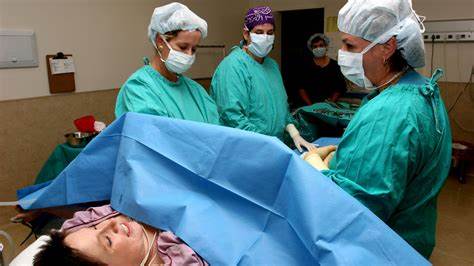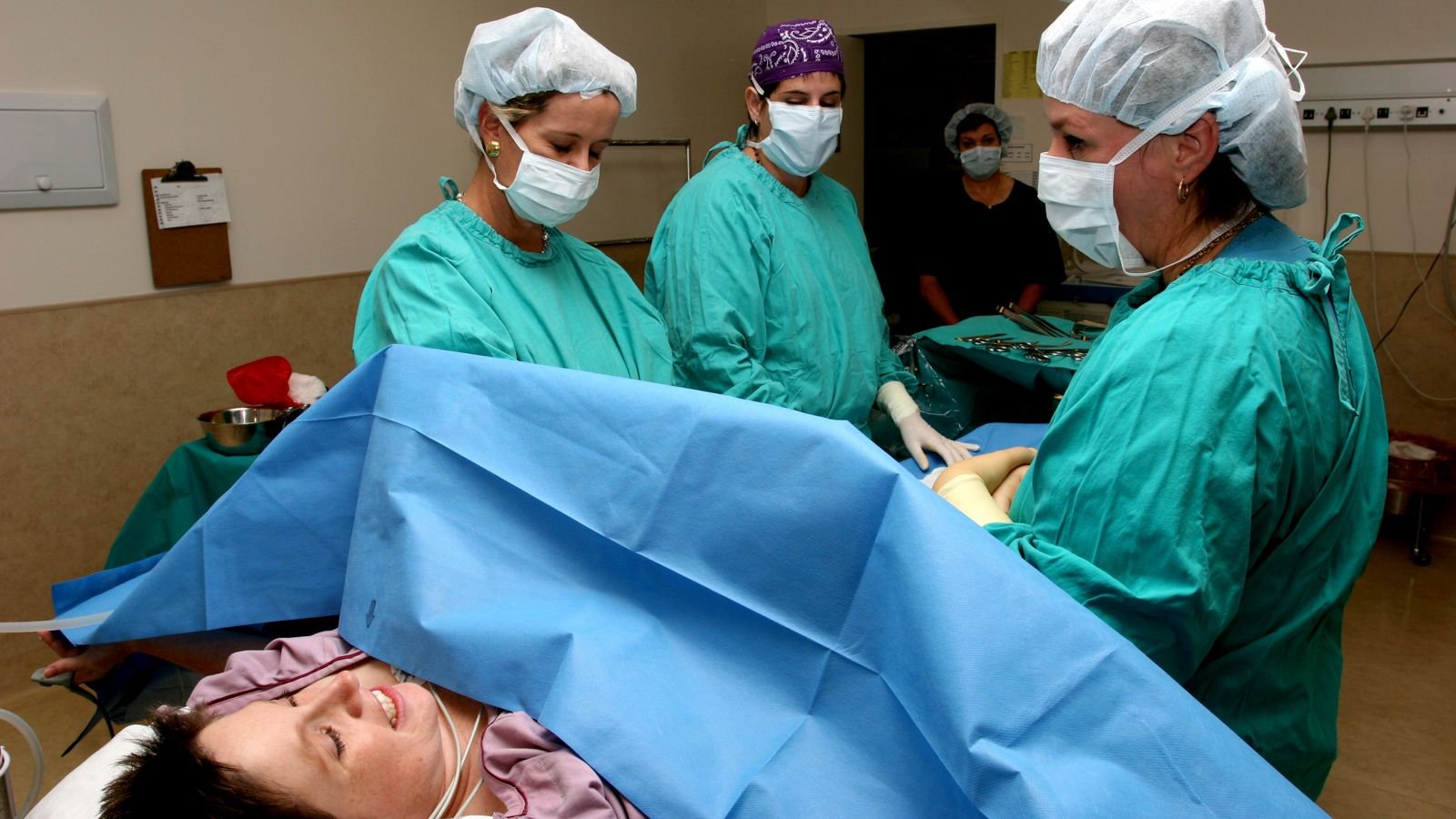Indian-origin man tries to sue hospital for $643 million after watching wife’s C-section

Indian-origin man tries to sue hospital for $643 million after watching wife’s C-section
The case involving Anil Koppula in Australia is indeed an unusual and controversial one. Koppula alleged that he suffered a “psychotic illness” as a result of observing his wife’s Cesarean-section (C-section) surgery during the birth of their child over five years ago. He claimed that the Melbourne hospital had either encouraged or permitted him to witness the surgical procedure, and this traumatic experience led to severe psychological injury.
In October of the previous year, Anil Koppula, who was representing himself in court, sought a staggering $643 million (over Rs 5,000 crore) in damages. Importantly, these damages were claimed solely for “non-economic loss,” emphasizing the psychological trauma he asserted he had endured due to the experience.

However, on Monday, the Supreme Court of Victoria reportedly dismissed Anil Koppula’s claim, categorizing it as an “abuse of process.” This decision implies that the court viewed the lawsuit as improper or frivolous, and it was not deemed to have a legitimate basis for seeking such a substantial amount in damages.
This case raises complex questions about the boundaries of legal liability and the circumstances under which individuals can seek damages for emotional distress or psychological injury. While the court’s decision may be seen as a precedent for such cases in Australia, it also underscores the need for clear guidelines and legal standards in addressing claims related to psychological trauma arising from medical procedures or experiences.
The Royal Women’s Hospital in Melbourne appears to have maintained its position throughout the legal proceedings, asserting that while it owed a duty of care to Anil Koppula, it did not breach that duty, and therefore, it was not responsible for the alleged injury he suffered during the C-section procedure.
Anil Koppula attempted to convey the significant impact his claimed “psychotic illness” had on him, including its role in the breakdown of his marriage, as evidenced by documents and reports submitted in court. However, it’s notable that Koppula did not articulate or quantify any specific claims for loss of earning capacity or the cost of medical treatment in these documents.
The absence of a clear and quantifiable claim for economic damages may have played a role in the court’s dismissal of Koppula’s case, as seeking damages for psychological injury often requires demonstrating not only the existence of the injury but also its financial repercussions, such as loss of income or medical expenses.
While emotional distress and psychological injury can be valid grounds for seeking compensation in legal cases, the lack of specific economic claims may have contributed to the court’s decision to dismiss Koppula’s claim, ultimately categorizing it as an “abuse of process.” Legal cases involving psychological trauma and medical procedures often involve complex considerations and require careful documentation and legal argumentation to establish liability and quantify damages successfully.
The rising rates of Cesarean-section (C-section) births on a global scale have indeed been a topic of concern and discussion in the field of maternal and child health. C-sections are surgical procedures performed to deliver a baby through incisions in the mother’s abdomen and uterus. While C-sections can be life-saving in cases of medical complications, they should ideally be reserved for situations where they are medically necessary, as surgery carries inherent risks and longer recovery times compared to vaginal births.
The World Health Organization (WHO) recommends that C-section rates should ideally be between 10-15 percent at the population level. This guidance is based on the premise that C-sections should be performed when there is a clear medical need, such as when the health of the baby or mother is at risk. Excessive rates of C-sections, beyond what is medically necessary, can have several potential drawbacks, including:
1. hosIncreased Healthcare Costs: C-sections are generally more expensive than vaginal births and can place a financial burden on healthcare systems.
2. Recovery Challenges: Mothers who undergo C-sections often require more time to recover compared to vaginal births. This can impact their ability to care for themselves and their newborns.
3. Potential Complications: Surgical procedures carry inherent risks, including infection, bleeding, and adverse reactions to anesthesia. The more C-sections performed, the greater the overall risk of these complications.
4. Long-term Health Effects: Some studies have suggested that unnecessary C-sections may be associated with long-term health risks for both mothers and babies.
Factors contributing to the rise in C-section rates vary by region and include medical, cultural, and societal factors. These may include an increase in maternal age, maternal request for elective C-sections, concerns about litigation, and physician preferences, among others.
Efforts are being made globally to address this issue and reduce unnecessary C-section rates. It involves promoting evidence-based obstetric practices, providing expectant mothers with comprehensive information about childbirth options, and ensuring that healthcare providers follow established guidelines to perform C-sections only when medically warranted. The goal is to strike a balance between ensuring the safety of mothers and babies while avoiding unnecessary surgical interventions.




